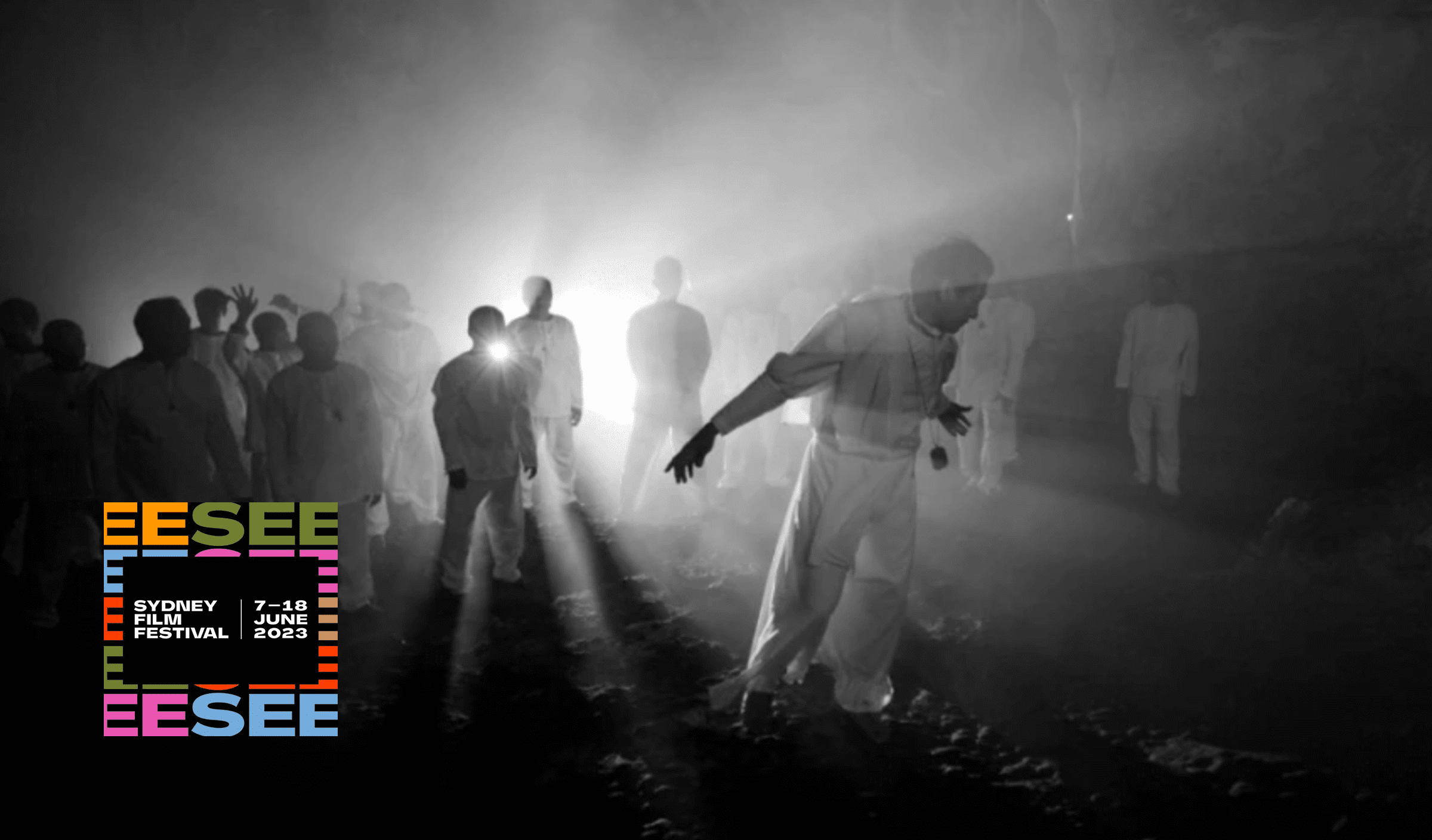After breaking through in 2004 with Evolution of a Filipino Family, one of the longest films ever made, experimental director Lav Diaz has re-emerged at the forefront of modern slow cinema. Described as ‘hyperminimalist’ by fans and ‘wildly pretentious’ by detractors, Diaz seeks patience and trust from his audience. His latest offering, Kapag Wala Nang Mga Alon or When The Waves Are Gone, had its Australian premiere on the first day of Sydney Film Festival (SFF) and invariably continues his infamous legacy.
Set in the Duterte-era Philippines, the first hour introduces us to two protagonists: Hermes and Primo. Hermes is a highly-distinguished investigator and teacher at a police academy, recently on leave for assaulting his wife after discovering her infidelity; Primo is a former cop who attempts to re-enter society after ten years in jail. Though their stories initially seem disparate, we find out the latter blames the former for his sentencing and begins on a quest to seek vengeance. Their narratives increasingly become interwoven as Hermes’ guilt over betraying Primo mentally and physically haunts him and Primo closes in on their distance.
About 30 minutes in, only a quarter of its 187-minute runtime, antihero Hermes encapsulates Diaz’s view of life under Duterte: “survival is a euphemism for fear”. Every character is crippled by trying to survive in an increasingly fascistic regime, regardless of the ‘side’ they take. ‘Good guy’ Hermes is wracked by guilt over his involvement in the state’s War on Drugs that sees the brutal killings of drug addicts. At his tail, ‘bad guy’ Primo, backed by a presidential pardon and blood money, tries to survive by falsifying normalcy in his everyday escapades. Through painstakingly minimalistic visuals and mundane conversation, this cat-and-mouse chase emerges as a microcosm highlighting that there is no flourishing under oppression.
Shot in 16mm black and white film by Diaz and cinematographer Larry Manda, the setting is casted in gorgeous chiaroscuro that is simultaneously bleak yet abundant. Diaz seemed ardently opposed to close-ups, opting for wide shots of architectural structures and scenic captures of the natural Filipino islandscape. The shots are even more impressive considering Diaz’s claim that the entire film was filmed on-site with no location scouting. The framing firmly situates characters in their socio-natural setting and the message is clear: this simply could not have been set anywhere else. Still, the central conflict felt timeless despite its place-making political urgency, as if the narrative itself exists in a vacuum while the characters clearly did not. Though far from a documentary, a docudrama-esque reality is presented that counters popular taste for conventional melodrama; merely allowing peeks of major action in between long stretches of characters living in nearly real time.
What’s particular is Diaz’s focus on the erosion of The Philippines expressed through motifs and images. From the erosion of Hermes’ body from psoriasis; the country’s decay under Duterte legislations; to the erosion of Big Sister Nerissa’s seashore house. Diaz has long confronted his country’s seeming regression, but ‘Waves’ makes it clearer than ever. In the final act, Hermes and Primo clash in a strange, offbeat chase. Their only face-to-face interaction is full of heavy-handed dialogue, practically yelling to the audience the core themes and the director’s disillusionment with the current Filipino political landscape. Yet, I could not help but feel Diaz’s catharsis. After three hours of what is possibly the slowest political thriller ever made, hearing every emotion laid out plainly was rewarding, not amateurish.
Just months ago, The Banshees of Inisherin collected nine nominations at the 95th Academy Awards for its exploration of a political crisis through a microcosmic rivalry. The disheartening part about auteur Asian cinema with limited releases is that Diaz might never see a competitive Academy Award nomination in his lifetime. But ultimately, this does not matter. For years, he has created, captured, and shaped the cinematic sphere of his country without Western validation and he will continue to do so for the foreseeable future. Platforms such as the Sydney Film Festival offer a glimpse into the astounding vision of international auteurs. So, this SFF — I urge you — instead of copping a ticket to the newest Wes Anderson that will inevitably get a wide release in two months, see something that may never show in Australia again.





